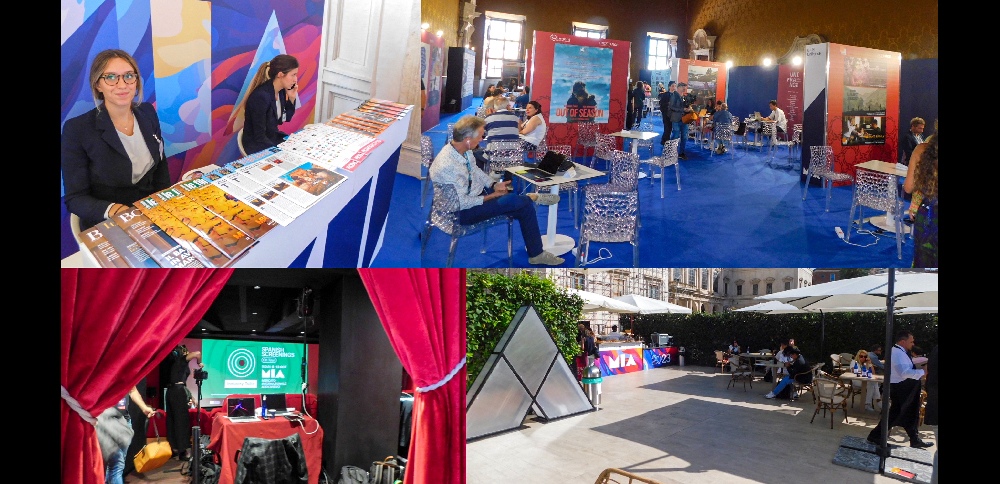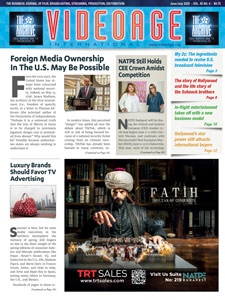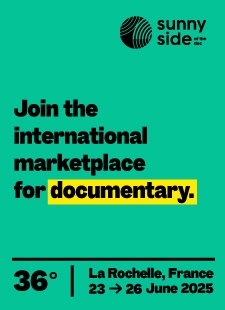In its own disorganized way, the ninth annual International Audiovisual Market (MIA in Italian) ended up being functional, well attended, and fruitful for many of its 2,600 participants, including 300 buyers from 66 countries (excluding Israel, where the war kept executives home).
It was still difficult (as it was last year) to find tables and chairs where walk-in participants could sit and hold casual meetings. And this year, it was even difficult to locate the registration area since the signs seemed to be directing people in the wrong direction. The bureaucracy also delayed the registration process, but Italians are very flexible and accommodating in this respect, and therefore this only caused minimal disruption.
Missing this year was the pressroom, which, due to renovations at the Barberini, the convention’s venue, was moved to a nearby hotel. This particular issue is deeper than meets the eye because the poor attention given to the trade press, and the fact that no magazine display bins were provided (and only a couple of domestic publications were scattered on the few tables at the coffee bar area), indicates that the event has not yet fully reached an international level.
It is possible, however, as indicated by a veteran MIA participant, that despite its moniker, the event is not really a market that attracts the trade media, but more of a co-production venue.
Also unclear is the focus of the event itself. Is it meant to attract foreign producers looking for Italian partners and/or Italian content buyers? Or is it for Italians looking for international players? The logic would say to “follow the money.” But is the money meant to reach Italian producers? Or vice versa? Similar events, such as June’s Conecta in Toledo, Spain, for example, made sure to highlight Spanish production. Another event, Lille, France’s Series Mania, held in March, focused on international money. These things were made clear by the large presence of trade media at both events, which were covered extensively by those publications.
The fact that MIA devoted much of its focus to screening Spanish content would indicate that the thrust was to push foreign content onto the many Italian companies that were present. Therefore, the spotlight was not on Italian content, but on international, even though that has not yet been reflected with the event’s treatment of the international trade press.
A welcome addition this year was a restaurant located in the area that connects the Cinema Barberini and the Palazzo Barberini, MIA’s two venues, which are located near the famed Via Veneto (of La Dolce Vita fame).
The 2023 MIA event started on October 9 and extended through Friday, October 13, and was meant to attract international executives bound for MIPCOM, which will begin two days after it ends.
An additional MIA review will be published in VideoAge‘s Tuesday, October 17 Daily at MIPCOM.
Pictured above are various scenes from the Rome event.











Leave A Comment